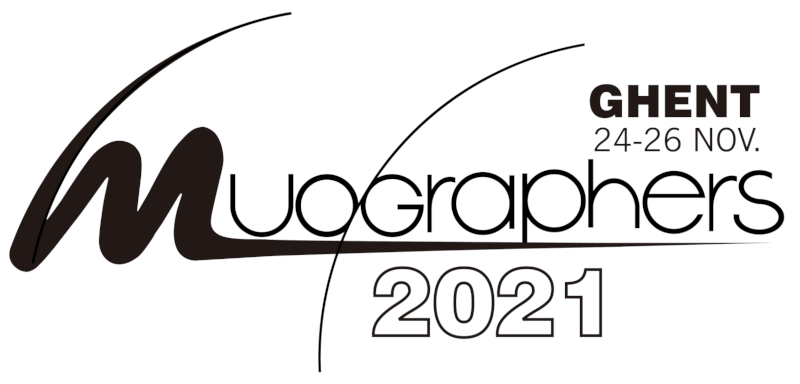Conveners
Simulation tools and studies
- Andrea Giammanco (Universite Catholique de Louvain (UCL) (BE))
Cosmic-ray radiation, thanks to its high penetration capability and relative abundance, has been successfully used in scientific research and civil applications for a long time. For example, techniques based on the attenuation of cosmic-ray muons (muon radiography) or on their angular scattering (muon tomography) have been used to study the inner structure of volcanoes, to search for hidden...
Muon tomography is a non-invasive technique able to scan the internal density of large structures. This technique infers the density of an object by tracking the number of muons received by a detector, before and after traversing a structure. The amount of density met by a muon on its path minimizes its survival probability in a predictable manner, hence diminising the average flux received by...
The MUon RAdiography of VESuvius (MURAVES) project aims at the study of the summital cone of Mt. Vesuvius, an active volcano near Naples, Italy. This muographic profile combined with the data from gravimetric and seismic measurement campaigns will be used for better defining the volcanic plug at the bottom of the crater.
We report on a series of simulation studies that are being conducted to...
The literature concerning muography has steadily increased in recent years, but so far very few publications have taken into account the true complexity of rocks in different continents, each continent having a different history and hence different geological features. The same is also valid for the question how deep underground muography can be applied. This is not straightforward because of...
